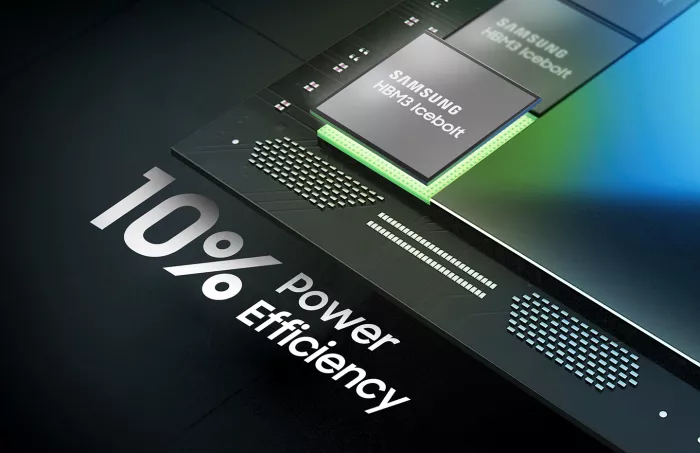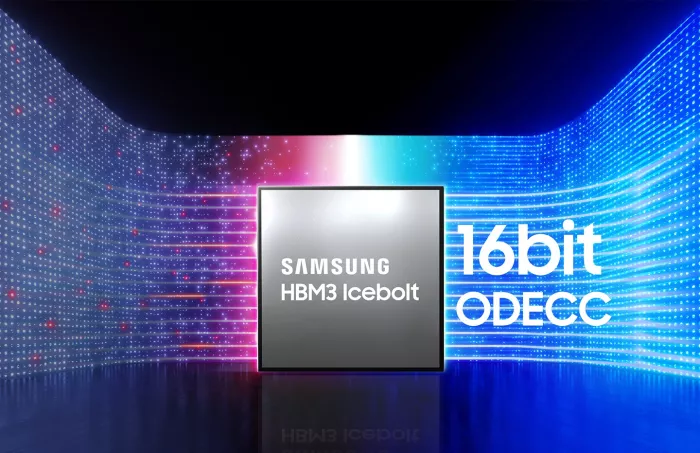The new generation platforms of AMD and Intel have supported ddr5 memory. The dual channel bandwidth easily exceeds 50gb/s, and the high-frequency version is gradually approaching 100gb/s. However, this performance is still nothing compared with hbm3 memory. Samsung has developed a new hbm3 memory with a bandwidth easily exceeding 1024gb/s.
Access:

JEDEC released the hbm3 standard at the beginning of this year. It continues to expand and upgrade the storage density, bandwidth, channel, reliability, energy efficiency and other aspects. The transmission data rate has doubled again on the basis of hbm2. The transmission rate of each pin is 6.4gbps. With 1024 bit width, the maximum bandwidth of a single pin can reach 819gb/s.
The new generation of hbm3 memory developed by Samsung has a higher foot rate, reaching 8gbps/pin, and the bandwidth easily reaches 1024gb/s in the case of four stacks, which is more than ten times that of ddr5 memory
In addition, the higher the frequency, the more errors will occur. For this reason, Samsung has a stronger memory error correction function, each HBM memory chip has a set of ECC error correction circuits built in to ensure data accuracy.
Samsung's hbm3 memory has not announced when it will be available. However, if it is really to be used, it should also be used in the data center graphics card and processor first. It is unlikely that the consumer platform will be used. After all, the cost of hbm3 is beyond the reach of ordinary users.
